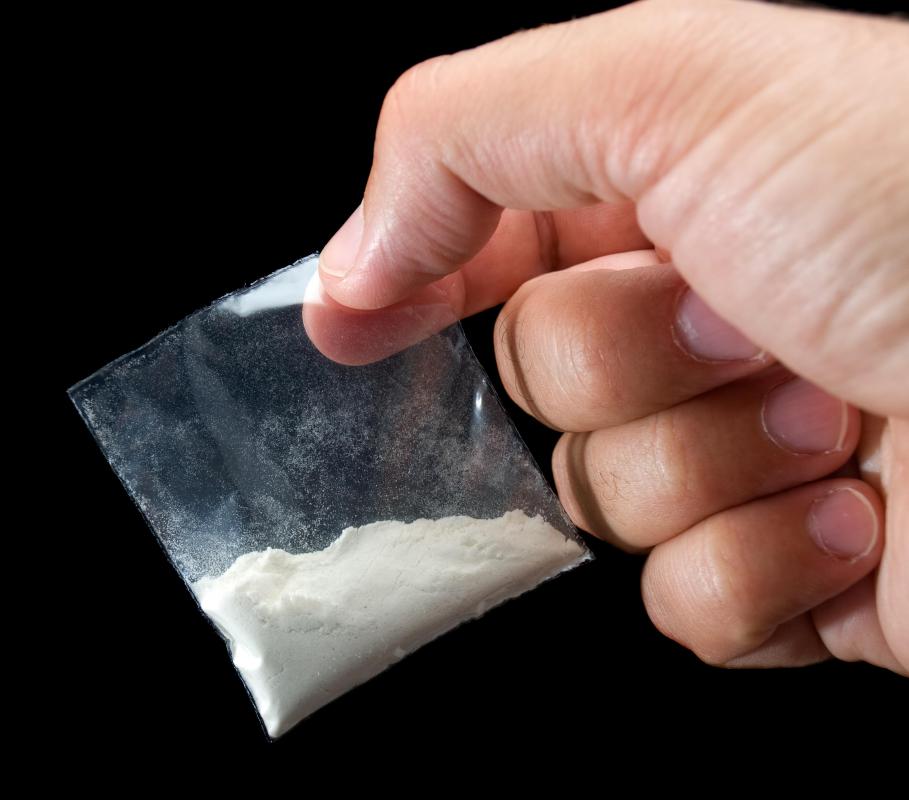At TheHealthBoard, we're committed to delivering accurate, trustworthy information. Our expert-authored content is rigorously fact-checked and sourced from credible authorities. Discover how we uphold the highest standards in providing you with reliable knowledge.
What is a Brainstem Hemorrhage?
Brainstem hemorrhage is a very serious condition in which bleeding occurs in the stem region of the brain. This puts pressure on and damages the structures in this area. Brainstem hemorrhage can have a variety of different causes including trauma, stroke, or pre-existing problems with blood vessels. Once bleeding begins, the hemorrhage usually progresses rapidly and the prognosis is poor.
The brain stem is a critical structure for maintaining neurological health, consciousness, and the basic systems necessary for life. It is located at the base of the brain where it connects with the spinal cord, and it contains three structures - the mid-brain, pons, and medulla oblongata. The brainstem controls the basic functions of life, such as breathing and heart rate, as well as mediating most of the messages between the brain and the rest of the body. Also located in this region of the brain is the reticular activation system, which is important for consciousness. If this system is damaged, a person will become and remain unconscious.

There a few different potential causes for a brainstem hemorrhage. Severe or repetitive head trauma to the brainstem region can cause hemorrhage. Hemorrhagic strokes are a kind of stroke that results in bleeding in the brain; these can have causes as diverse as hypertension, cocaine abuse, or aneurysms. This bleeding can occur in multiple regions of the brain, including the brainstem.

Another contributing factor for this type of hemorrhage is a congenital, or present at birth, disorder called arteriovenous malformation, in which the blood vessels in the brain stem are abnormal and tangled together in a complex web. Fistulas, abnormal connecting pathways, connect the arteries and veins directly, disrupting the normal blood flow process in which oxygen-rich blood travels from the heart through the arteries and oxygen-depleted blood returns to the heart through the veins. If an arteriovenous malformation ruptures, stroke and hemorrhage can occur. There are surgical and non-surgical treatments available for arteriovenous malformation if it is diagnosed in time.

The most common symptom of a brainstem hemorrhage is rapid decrease in consciousness leading to coma. Loss of motor control in any or all limbs or loss of control over the movement of the eyes are other common symptoms. Usually, the patient's condition degenerates rapidly.
Hemorrhage can occur in many different areas of the brain and the structures surrounding it. Patients suffering many of these can make a full or partial recovery both without medical intervention strategies including conservative management, or with surgery. Unfortunately, brainstem hemorrhage is extremely likely to lead to permanent and severe brain damage, coma, or death. Patients with small hemorrhages may be successfully treated with surgery to release the blood and reduce pressure on the brain.
AS FEATURED ON:
AS FEATURED ON:















Discussion Comments
Please please please always wear a helmet! It only takes one fall.
A good way to encourage kids to wear a helmet is to have the child pick out their own helmet.
It takes away the uncool factor. You may have to pay for a flashy or more showy helmet, but the investment will be worth it.
Encouraging kids at a young age to wear helmets could lead to fewer problems like this as adults.
A significant amount of brain trauma can be stopped simply by having a child wear a helmet when riding a bike, skateboarding or playing any type of collision sport.
Post your comments